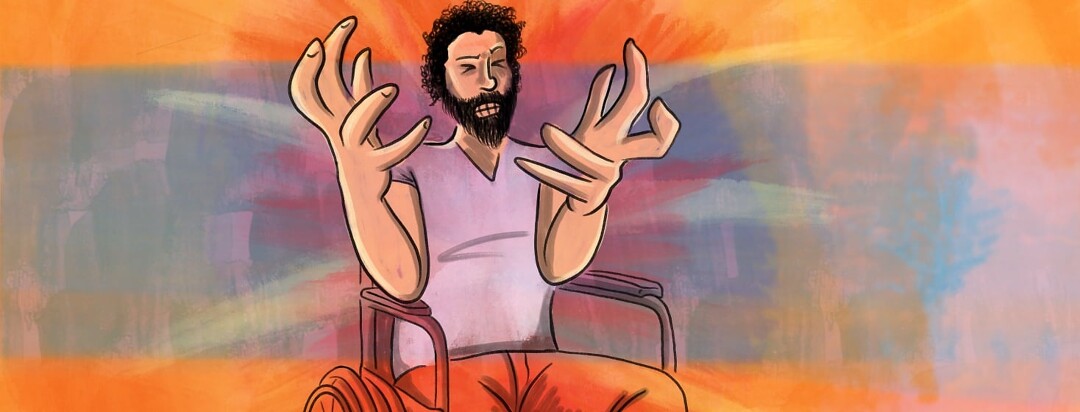How Would You Like to Be Treated If You Had a Disability?
I may have mentioned (several thousand times) how frustrating inaccessibility and discrimination are from the vantage point of having disabilities and using a motorized wheelchair.
I have had battles with the airlines, with the local transit system, with the city I live in, with taxi companies in multiple cities, and so forth.
How would you like to be treated?
To me, so many of these problems could be solved if people “in charge” asked themselves one question: If they had a disability, how would they want to be treated?
Would they want their wheelchair broken during travel? Would they want to be left or delayed by inaccessible transportation?
Would they want to face unclimbable stairs, sidewalk curbs with no ramps, or rollover broken pavement pieces?
Would they want their lives to be unnecessarily more challenged, expensive, and exhausting?
Life with RA already comes with many challenges
Living with rheumatoid arthritis (RA) means coping with the challenge of pain, fatigue, uncertainty, and losing the ability to do things we may have previously taken for granted.
I remember walking down my long, rocky, and uneven driveway at home to get to the school bus as a girl with RA.
I took it for granted that I could do the walk; that, now several decades later, is out of reach for me physically.
Doing what I can to maintain
Sure, there are abilities I had that are now gone and I miss them. But, I don’t dwell on it because there is nothing more I can do.
I do the exercises and other things I can to maintain my health and abilities. My disease progressed and didn’t ask my opinion about it.
I also have great tools that help me do things; my motorized wheelchair gets me around to the places I want and need to go.
I love my wheelchair. It is liberating! I don’t hurt while zooming in my wheelchair and I can get places faster and with less effort.
Inaccessibility, ignorance, and discrimination
But what I do get mad about is inaccessibility, ignorance, and discrimination.
We have the power to build our society and, in theory, we chose in 1990 with the passage of the Americans with Disabilities Act and other related laws to make our nation accessible.
We decided that people with a variety of disabilities should be able to get out in the community, participate, travel, work, and more.
The state of accessibility, 31 years later
So why is it now 31 years later after this law (and others even earlier) that accessibility is so challenging, that people generally seem so uncaring about the state of accessibility? For example:
- Very few of the New York City subway stations are accessible (about 75 percent are inaccessible)
- Taxi cabs are still mostly inaccessible
- Old buildings that have been renovated still don’t have ramps and elevators
- Housing is still predominantly inaccessible
- Airlines are still breaking wheelchairs
- People have to sue their own city to get sidewalks repaired and ramps installed
Health and non-disability are fleeting
It’s because people are not asking themselves: How would you like to be treated if you had a disability?
It’s not a threat, but a promise, that health and non-disability are fleeting. We all will have challenges at some point in our lives.
Why are we not building our society so that we can continue living in it without frustration, tears, and teeth-gnashing? Are we so short-sighted in our planning and so limited in our empathy for ourselves?
No one wants to be excluded
I doubt anyone I ask would say, "When I become disabled I want to be excluded, hidden away at home, with no ability to travel, go to theaters or restaurants, work, or otherwise enjoy all the activities I did previously. I’d rather be shunned and treated as a nonhuman."
It’s a simple question: How would you like to be treated when you have a disability?
And the answer is equally simple: the same.
So when can we catch up with the promise of the laws we passed and start making this reality come true?

Join the conversation